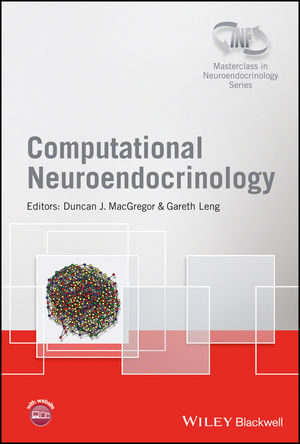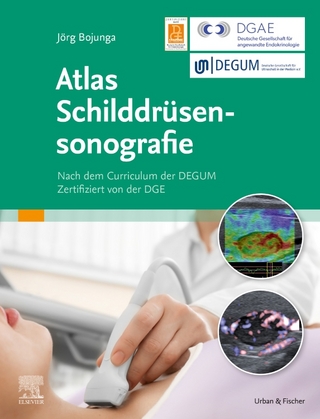
Computational Neuroendocrinology
John Wiley & Sons Inc (Verlag)
978-1-119-95169-8 (ISBN)
- Titel z.Zt. nicht lieferbar
- Versandkostenfrei innerhalb Deutschlands
- Auch auf Rechnung
- Verfügbarkeit in der Filiale vor Ort prüfen
- Artikel merken
A recurring theme in neuroendocrinology is rhythms. How are rhythms generated, and what purpose do they serve? Are these two questions inextricably intertwined?
This book is written for innocents, presuming no math beyond high school or computing beyond calculators. It seeks to lead the curious into the thinking of the modeler, providing the tools to the reader to understand models, and even develop their own, giving life to paper diagrams. The diverse chapters, from ion channels to networks, systems, and hormonal rhythms, each tell the story of a model serving to join the hard won dots of experimentation, mapping a new understanding, and revealing hidden knowledge.
Written by a team of internationally renowned researchers
Both print and enhanced e-book versions are available
Illustrated in full colour throughout
This is the fourth volume in a new Series 'Masterclass in Neuroendocrinology' , a co- publication between Wiley and the INF (International Neuroendocrine Federation) that aims to illustrate highest standards and encourage the use of the latest technologies in basic and clinical research and hopes to provide inspiration for further exploration into the exciting field of neuroendocrinology.
Series Editors: John A. Russell, University of Edinburgh, UK and William E. Armstrong, The University of Tennessee, USA
Gareth Leng, Professor of Experimental Physiology and Head of Department, The University of Edinburgh, Edinburgh, UK. Gareth's research focuses on understanding neuronal networks in the hypothalamus, particularly those controlling pituitary hormone secretion and those controlling appetite and obesity.
List of Contributors, vii
Series Preface, ix
Preface, xi
About the Companion Website, xv
1 Bridging Between Experiments and Equations: A Tutorial on Modeling Excitability, 1
David P. McCobb and Mary Lou Zeeman
2 Ion Channels and Electrical Activity in Pituitary Cells: A Modeling Perspective, 80
Richard Bertram, Joël Tabak, and Stanko S. Stojilkovic
3 Endoplasmic Reticulum- and Plasma-Membrane-Driven Calcium Oscillations, 111
Arthur Sherman
4 A Mathematical Model of Gonadotropin-Releasing Hormone Neurons, 142
James Sneyd, Wen Duan, and Allan Herbison
5 Modeling Spiking and Secretion in the Magnocellular Vasopressin Neuron, 166
Duncan J. MacGregor and Gareth Leng
6 Modeling Endocrine Cell Network Topology, 206
David J. Hodson, Francois Molino, and Patrice Mollard
7 Modeling the Milk-Ejection Reflex, 227
Gareth Leng and Jianfeng Feng
8 Dynamics of the HPA Axis: A Systems Modeling Approach, 252
John R. Terry, Jamie J. Walker, Francesca Spiga, and Stafford L. Lightman
9 Modeling the Dynamics of Gonadotropin-Releasing Hormone (GnRH) Secretion in the Course of an Ovarian Cycle, 284
Frédérique Clément and Alexandre Vidal
Glossary, 305
Index, 315
| Reihe/Serie | Wiley-INF Neuroendocrinology Series |
|---|---|
| Verlagsort | New York |
| Sprache | englisch |
| Maße | 175 x 252 mm |
| Gewicht | 816 g |
| Themenwelt | Sachbuch/Ratgeber ► Gesundheit / Leben / Psychologie |
| Mathematik / Informatik ► Informatik ► Theorie / Studium | |
| Medizinische Fachgebiete ► Innere Medizin ► Endokrinologie | |
| Medizin / Pharmazie ► Medizinische Fachgebiete ► Neurologie | |
| Naturwissenschaften ► Biologie | |
| ISBN-10 | 1-119-95169-0 / 1119951690 |
| ISBN-13 | 978-1-119-95169-8 / 9781119951698 |
| Zustand | Neuware |
| Haben Sie eine Frage zum Produkt? |
aus dem Bereich


